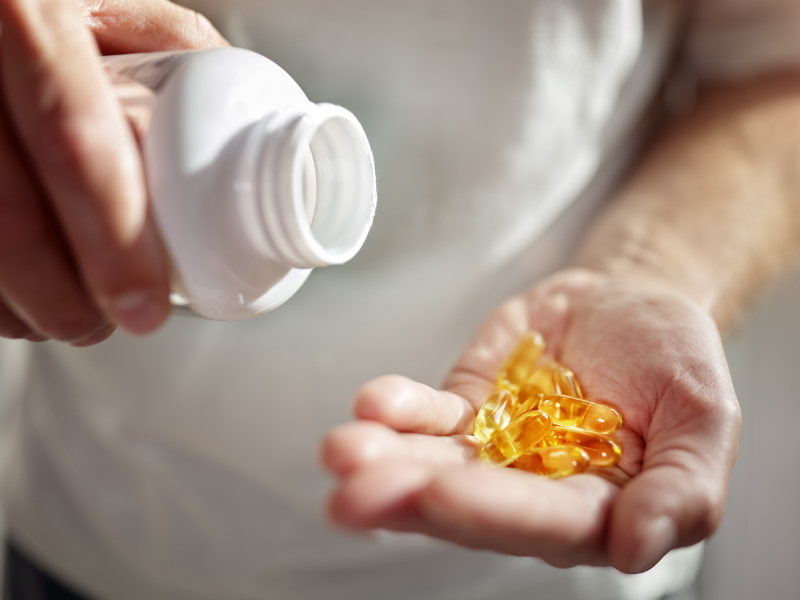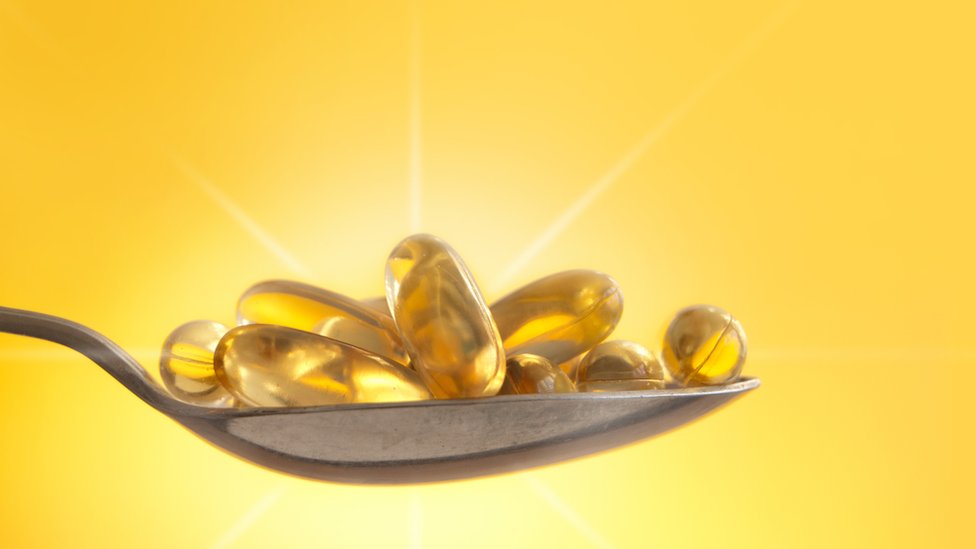
Have you ever wondered why viruses seem to strike harder during the winter months?
Back in the 1980s, researcher Edgar Hope-Simpson proposed that a seasonal stimulus — such as reduced sunlight exposure — was closely linked to spikes in respiratory infections, including influenza. Today, we have a deeper understanding of why: vitamin D is critical for maintaining a strong, balanced immune system, and less sunlight in winter means lower vitamin D production.
Numerous studies show that optimizing vitamin D levels can significantly reduce the risk of respiratory infections. One randomized controlled trial even found that vitamin D supplementation cut the incidence of flu among children by nearly half — and similar protective effects have been observed in adults as well.
If you're looking to boost your immune system naturally, supporting healthy vitamin D levels is crucial. Here’s everything you need to know — plus how a functional medicine approach can help you personalize your vitamin D strategy for long-term wellness.

When your vitamin D levels are optimal, your body gains several immune-boosting advantages:
Reduces Inflammation: Vitamin D helps regulate the immune system by suppressing inflammatory cytokines, particularly Interleukin-6 (IL-6). Elevated IL-6 is associated with more severe viral and bacterial infections.
Activates Natural Antibiotics: Vitamin D stimulates your immune cells to produce antimicrobial peptides, such as cathelicidin, which acts like your body's own natural antibiotic.
Enhances Antiviral Response: Studies suggest that vitamin D strengthens the barriers of respiratory epithelium and modulates the innate immune system, helping you fight off viral invaders more effectively.
In other words, vitamin D acts like a shield, protecting your body from both bacterial and viral threats — especially during colder months when exposure to sunlight is limited.

A common question I get from patients is:
“Should I take vitamin D every day? Or just when I feel like I’m getting sick?”
The answer depends heavily on your current vitamin D status.
The most critical first step is to get a baseline test.
Without knowing your current blood levels, you're flying blind. Once you have that information, you can adjust your supplementation based on your needs, lifestyle, and unique risk factors.
Your skin tone plays a significant role here:
Lighter skin tones convert sunlight to vitamin D more efficiently.
Darker skin tones require more sun exposure or supplementation due to higher levels of melanin, which acts as a natural UV blocker.

Melanin is the pigment responsible for your skin color, and it acts like built-in sun protection.
Populations that evolved closer to the equator developed higher levels of melanin to protect against intense UV radiation. Those farther from the equator — where sunlight is weaker — developed lighter skin to better absorb UVB rays and produce vitamin D.
That evolutionary design still matters today.
If you have darker skin, you’ll need more sun exposure or higher vitamin D supplementation to maintain optimal levels.
If you have lighter skin, you may synthesize vitamin D more quickly, but modern indoor lifestyles can still leave you deficient — especially in the winter.

Here’s a general rule of thumb:
Lighter skin tones: ~1,000 IUs per 25 pounds of body weight per day during fall and winter.
Darker skin tones: Consider doubling that amount, particularly during colder months or if you have limited sun exposure.
Additional factors to consider:
Summer adjustments: If you’re outdoors regularly in the summer, you may need less supplementation — but it’s a good idea to confirm with testing.
Lifestyle: Office workers and people who spend most of their day indoors typically require more vitamin D than those with outdoor jobs.
Special health risks: If you’re dealing with autoimmunity, chronic infections, or cancer, you may need to monitor your vitamin D levels even more closely.
Pro Tip:
Test your levels mid-winter and again in early spring to make sure you’re not becoming deficient when your body needs immune support the most.
In functional medicine, we take a testing-first, personalized approach to optimizing vitamin D.
Here’s how we typically assess your needs:
25-Hydroxy Vitamin D Test (25(OH)D):
This is the gold standard blood test to assess your circulating vitamin D levels. Optimal ranges are typically between 50–80 ng/mL — much higher than conventional medicine's “normal” ranges, which often miss early signs of deficiency.
Inflammation Markers:
We often run markers like high-sensitivity C-reactive protein (hs-CRP) and Interleukin-6 (IL-6) to assess systemic inflammation. Low vitamin D can drive chronic inflammation.
Calcium and Parathyroid Hormone (PTH):
If calcium or PTH levels are off, it can indicate deeper vitamin D imbalances affecting bone and mineral metabolism.
Functional Risk Assessment:
If you're dealing with autoimmune issues, chronic fatigue, mood disorders, or frequent infections, vitamin D optimization becomes even more critical.
Functional medicine isn’t about guesswork — it’s about targeted action based on real data.
In addition to supplementation, you can naturally support your vitamin D levels by:
Sun Exposure: Aim for 15–30 minutes of midday sun several times per week, exposing as much skin as possible without sunscreen.
Vitamin D-Rich Foods: Fatty fish (like salmon, sardines, and mackerel), egg yolks, and cod liver oil are excellent sources.
Lifestyle Adjustments: Reduce time spent indoors, especially during peak sunlight hours. Consider vacationing in sunny locations during winter, if possible.
However, sunlight and food alone are usually not enough for most people — especially those living in northern latitudes or with darker skin tones. Smart, targeted supplementation fills the gap.
Vitamin D is essential for immune function, regulating inflammation, maintaining mental health, strengthening bones, and even helping to prevent cancer.
But without proper testing, you won’t know whether you’re optimizing your levels or just taking shots in the dark.
Functional medicine offers a robust, personalized roadmap for:
Testing your baseline levels
Designing the right dosage
Monitoring your progress
Adjusting your strategy based on seasonal or lifestyle changes
Don't leave your health to chance.
References
Hope-Simpson RE. The role of season in the epidemiology of influenza. Journal of Hygiene (1981). PubMed Link
Cannell JJ, et al. Epidemic influenza and vitamin D. Epidemiology and Infection (2006). PubMed Link
Urashima M, et al. Randomized trial of vitamin D supplementation to prevent seasonal influenza A in schoolchildren. Am J Clin Nutr (2010). PubMed Link
Prietl B, et al. Vitamin D and immune function. Nutrients (2013). PubMed Link
Gombart AF. The vitamin D–antimicrobial peptide pathway and its role in protection against infection. Future Microbiology (2009). PubMed Link
Martineau AR, et al. Vitamin D supplementation to prevent acute respiratory infections: systematic review and meta-analysis of individual participant data. BMJ (2017). PubMed Link
Jablonski NG, Chaplin G. The evolution of human skin coloration. Journal of Human Evolution (2000). PubMed Link
Garland CF, et al. Vitamin D and prevention of breast cancer: Pooled analysis. American Journal of Public Health (2007). PubMed Link
Holick MF. Vitamin D deficiency. New England Journal of Medicine (2007). PubMed Link
====================
Recommended Products
====================
Recommended Lab Tests